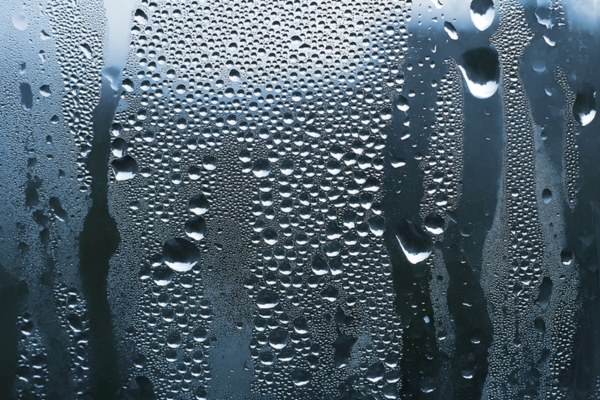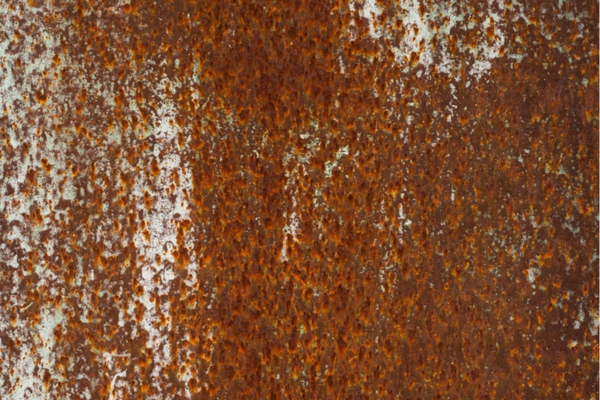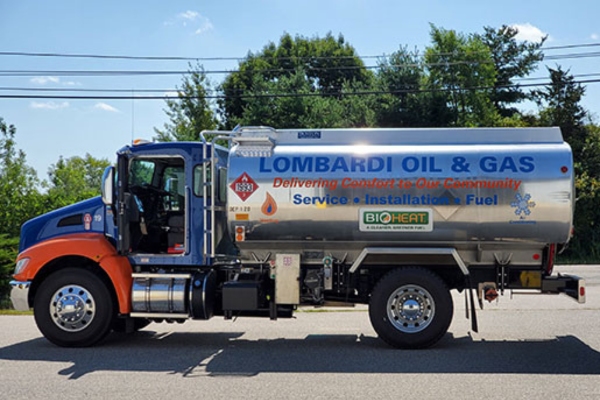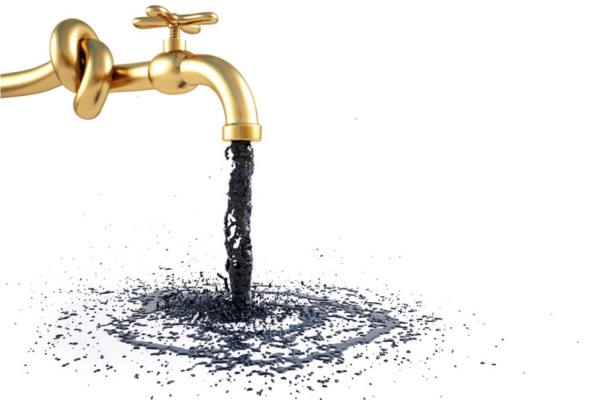Home »
Preventing Oil Tank Condensation: Essential Tips & Techniques

Fuel oil tanks are essential for storing and securing fuel in oil heating systems. While generally effective, this setup has its vulnerabilities. Notably, water intrusion into the heating oil tank can lead to issues like oil tank condensation. This frequent issue, however, can be mitigated. Keep reading this article from Lombardi Energy Services to know more.
Understanding Oil Tank Condensation: Essential Insights
Discover critical information about oil tank condensation and effective prevention techniques.
The Intrusion of Water into Home Oil Tanks: How & Why

Water is a natural element that can seep into oil tanks gradually. Understanding the pathways through which water enters the tank can significantly help prevent future incidents.
Schedule a professional inspection today to protect your oil tank from water damage. Call Lombardi Energy Services now.
1. Rainwater
Outdoor tanks are inevitably exposed to rainwater. Water has a way of finding its path into the smallest openings, including through any loosely fitted caps or lids. Tanks positioned near a home may also fall prey to water from overflowing gutters. Additionally, older tanks may show vulnerability through worn seals or cracked structures.
2. Condensation

Independent of location, condensation poses a constant risk to oil tanks. Moist air can be drawn in through air vents. Should the internal temperature of the tank drop sufficiently, this moisture converts from vapor to liquid. This leads to the formation of water droplets along the tank’s inner walls, which can accumulate at the bottom. Although minimal water might not immediately cause problems, the situation can worsen significantly without proper measures.
3. Groundwater
Underground oil tanks face the risk of water infiltration through any existing perforations. This issue is particularly concerning as it involves water entering and the potential for oil to leak out, leading to soil contamination. Damage to underground tanks necessitates prompt attention from professionals.
What Happens If Water Gets into an Oil Tank?

Since oil floats on water, spotting moisture in a heating oil tank through observation is challenging, especially with limited access to underground tanks. Often, water goes unnoticed for extended durations and only becomes evident when symptoms appear.
It’s significantly more beneficial to prevent water intrusion than to address water damage after it occurs. Regular upkeep and routine inspections can prevent many problems. During these checks, apply a water-finding paste (as recommended by the manufacturer or advised by a heating oil specialist) to the tank’s base, where water typically collects. A color change in the paste signals the presence of moisture. Should substantial water accumulation be detected, seeking professional help immediately is crucial.
Protect your heating system from water damage. Book an appointment with Lombardi Energy’s specialists today.
Strategies to Combat Heating Oil Tank Condensation
Armed with knowledge of potential issues, it’s essential to concentrate efforts on preventing further water ingress into the oil tank. Here are several straightforward tactics to employ:
Inspect the Fuel Oil Tank
Regularly examine the tank’s exterior for signs of wear, such as rust, peeling paint, or holes. Ensure that all caps and lids are securely closed and tightened.
Conduct Oil Tank Water Detection Tests
Since visual inspections may miss some issues, periodically test for water presence. Apply a water-finding paste (following the manufacturer’s guidelines or after consulting a heating oil expert) to the tank’s lowest point. For underground tanks, conducting a soil contamination test is also advisable.
Shield the Heating Oil Tank from Heat
Position new tanks in shaded areas and coat them with reflective, light-colored paint to minimize heat absorption. This helps to lessen condensation caused by significant temperature variations around the tank.
Maintain a Full Home Oil Tank

To reduce condensation, avoid letting the fuel level in your tank get too low, as this allows more moist air to enter. Arrange for oil delivery before levels drop too much. Keeping the tank full is advisable during the heating season and off-season.
Ensure your oil tank stays in top condition by scheduling a fuel delivery and maintenance check with our experts today. Call Lombardy Energy Services now!
Enlist Professional Help
Hire professionals to inspect your heating oil tank periodically and, if necessary, replace it. They can also advise on optimal tank placement to maximize its longevity.
How A Professional Will Remove Water From Your Oil Tank
If a moisture test indicates the presence of water in your oil tank, immediate action is required to remove the standing water using one of three professional methods. Getting trained professionals to handle these procedures to ensure safety and efficiency is crucial. Here are the steps a professional might take, depending on the specific circumstances of your tank:
1. Drain Method

Metal tanks often have a sludge valve at the bottom. A professional can open this valve to drain the water. During this process, some oil might also be released. The professional will carefully collect this mixture of oil and water and ensure it is disposed of in accordance with environmental regulations.
2. Pump Technique
Plastic tanks typically do not feature a sludge valve, but water can still be removed using a manual hand pump. This method is suitable for small amounts of water. If the water volume is substantial, it’s essential to involve professionals with the right equipment to handle larger quantities safely.
3. Absorption Method
Another method involves placing a water-absorbent sock inside the tank to soak up moisture before it settles at the bottom. These socks effectively maintain the oil’s integrity by preventing water accumulation. They must be changed every few months, and proper disposal of the used socks is necessary to avoid environmental contamination. Additionally, an alcohol-based dispersant can break down and disperse any residual moisture.
Possible Damages of Not Removing Water From Your Oil Tank
Neglecting to remove water from your oil tank can result in significant issues over time, such as:
Corrosion from Water in Oil Tanks
While water may seem harmless, ignoring its presence in an oil tank can cause long-term damage to the heating system. Water can initiate corrosion on the interior walls of steel oil tanks, often without any visible signs from the outside. An externally intact tank might deteriorate from within, weakening its structure and leading to future complications. This internal damage can significantly impair the system’s efficiency and performance.
Home Heating Oil Tank Freezing Risks

Oil remains fluid at low temperatures, avoiding freezing issues during the winter. However, water will freeze at 0 degrees Celsius or 32 degrees Fahrenheit, which is uncommon in some regions. When water inside tanks freezes, it can obstruct the oil supply lines, potentially causing complete system failures at critical heating times.
Oil Tank Bacterial Growth
Bacteria flourish damply, making water-filled oil tanks a perfect breeding ground. These bacteria can form sludge at the bottom of the tank and produce acids that accelerate corrosion within the tank and affect burners, filters, and fuel lines. This can result in serious operational problems.
Conclusion
Water is a detrimental presence in an oil tank and must be diligently kept out to prevent damage to the tank and the overall heating system. Adhering to the preventative measures outlined in this guide is essential for maintaining your system’s integrity. For situations that require more specialized intervention, it’s crucial to seek the expertise of professionals.
Contact Lombardi Energy Services for All Your Home Heating Requirements
Lombardi Energy Services is your trusted provider for all-encompassing HVAC and oil delivery services in Northeastern Massachusetts and Southern New Hampshire. Our certified technicians excel in various HVAC tasks, including oil tank upgrades, boiler repairs, ductless installations, and furnace replacements.
We offer tailored oil delivery plans and financing options to meet your unique needs, ensuring our services are affordable, accurate, and timely. At Lombardi Energy Services, we back each service with a guarantee, emphasizing energy efficiency and comfort while reducing HVAC expenses.
Reach out to Lombardi Energy Services today to book your appointment or to receive a complimentary in-home estimate, and let us handle all your home heating needs. You can click here to contact us now or call us at (978) 465-7200 to find out more!

Related Articles:
